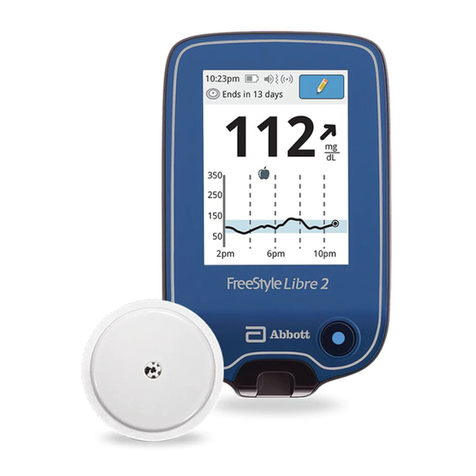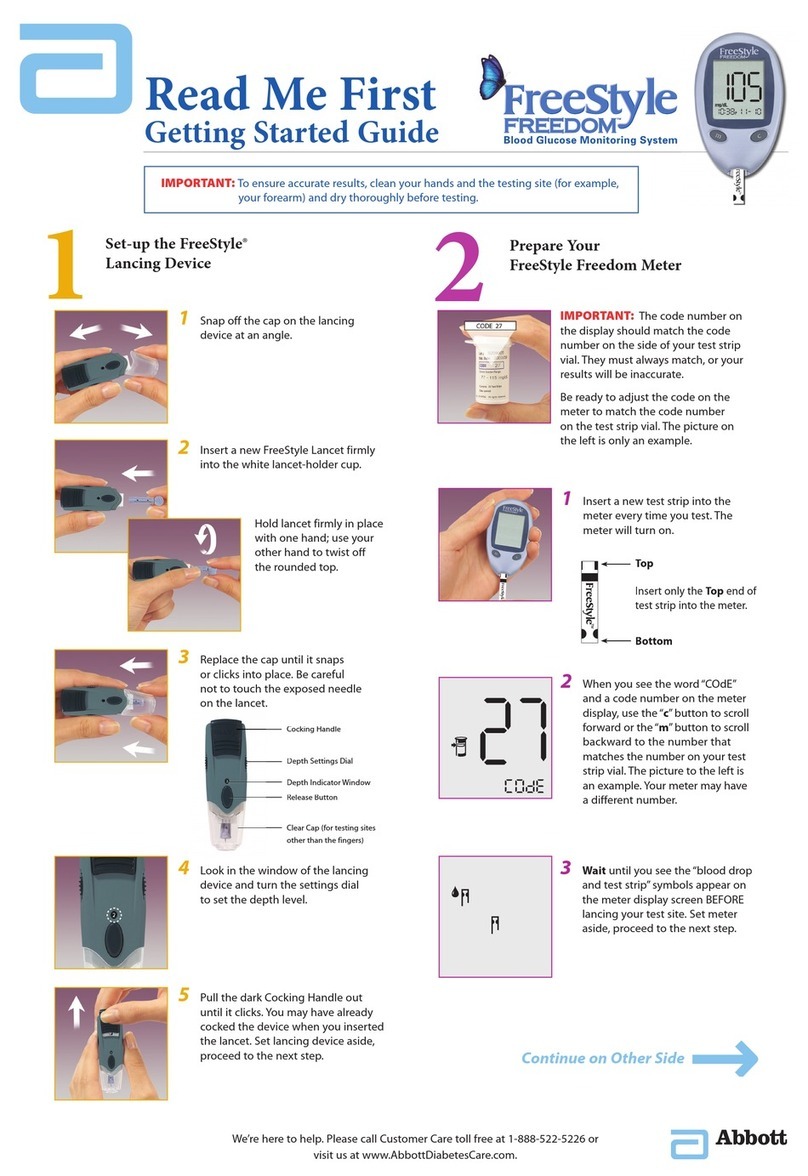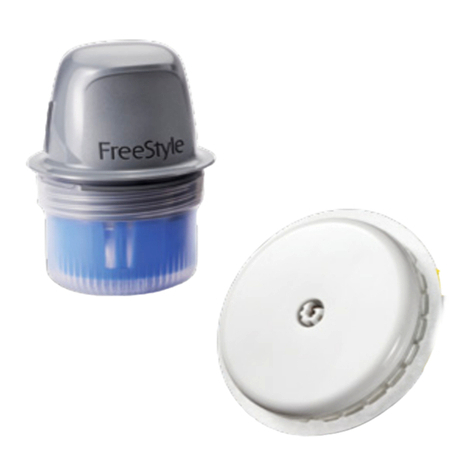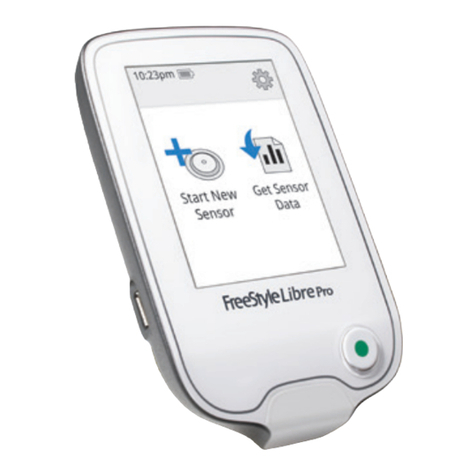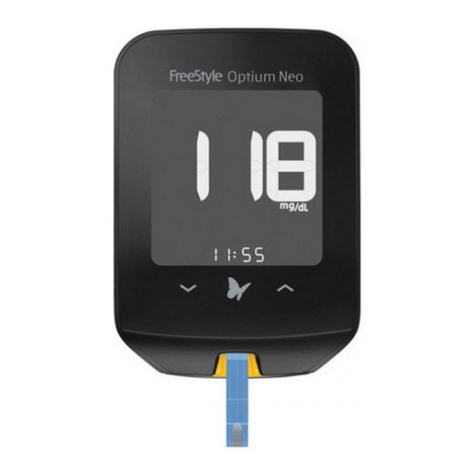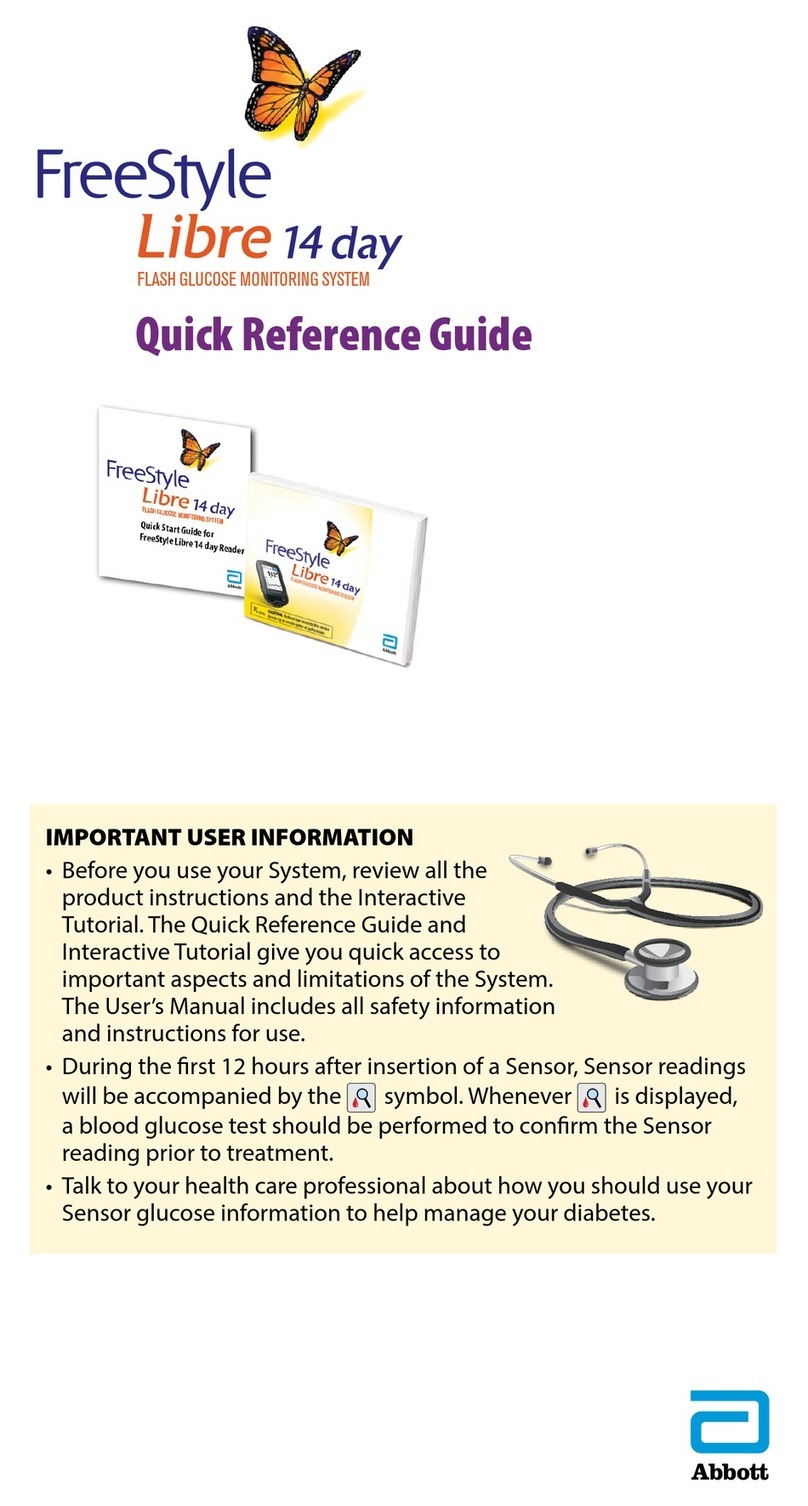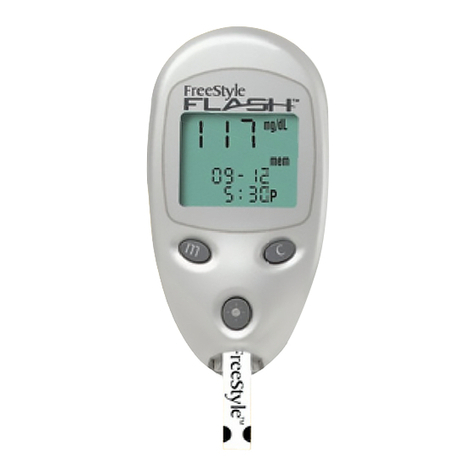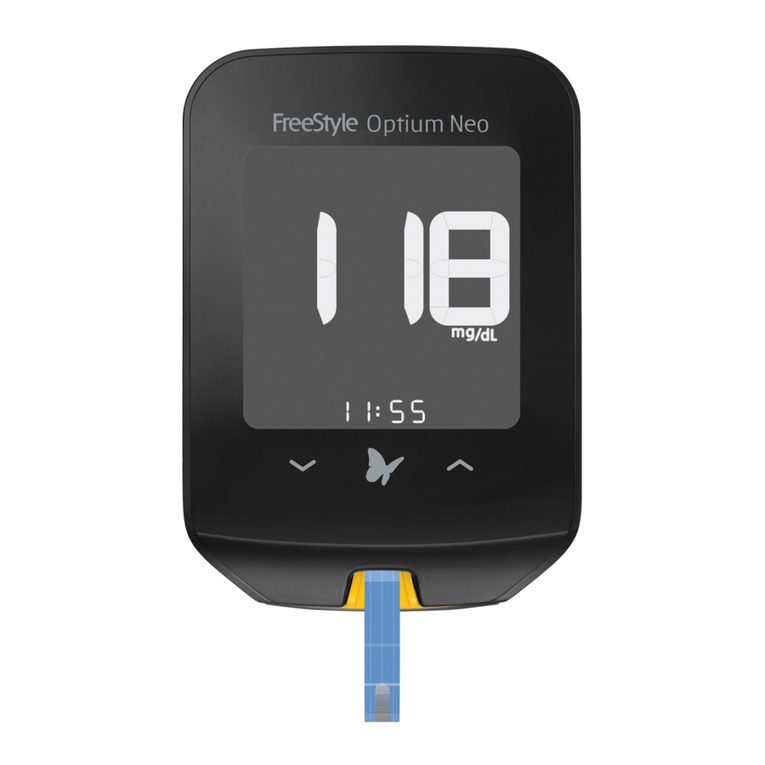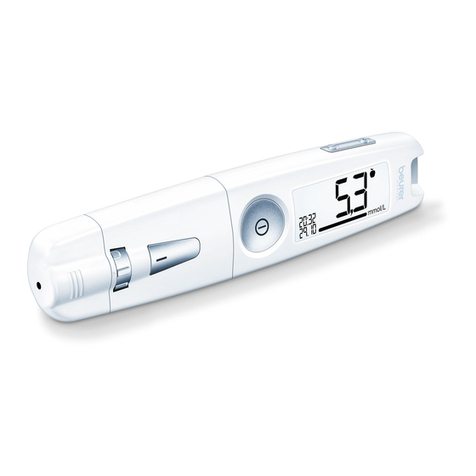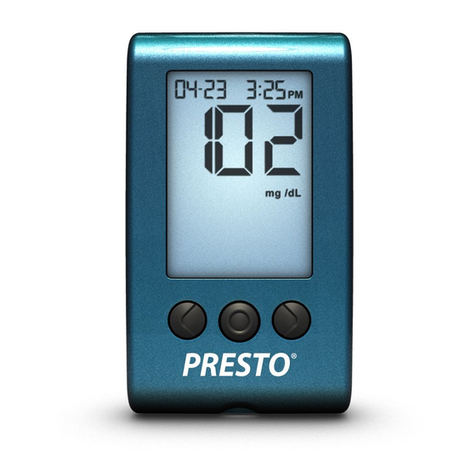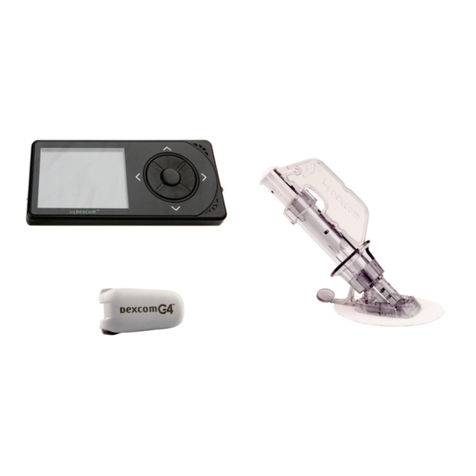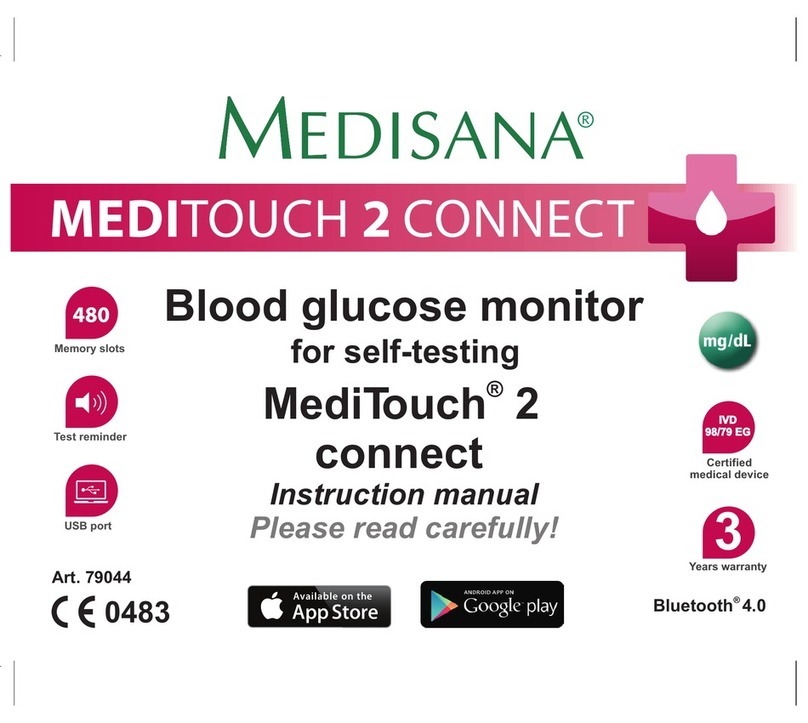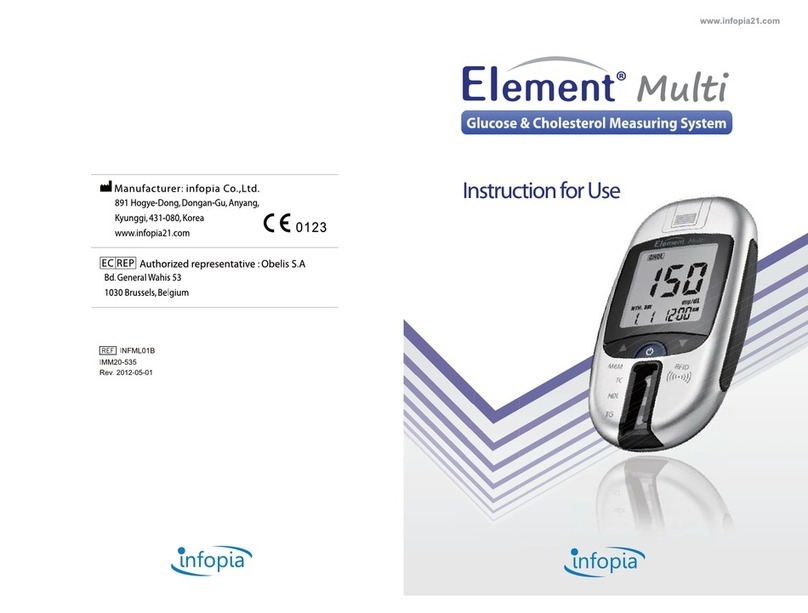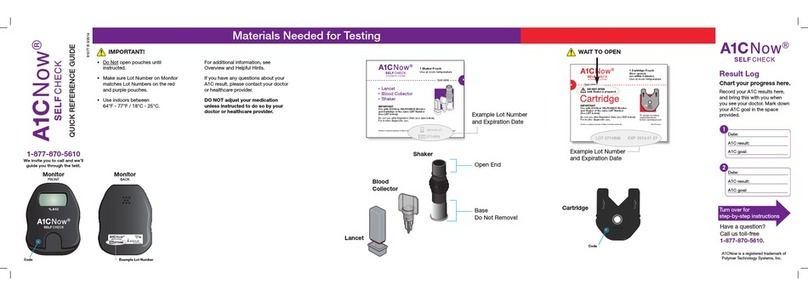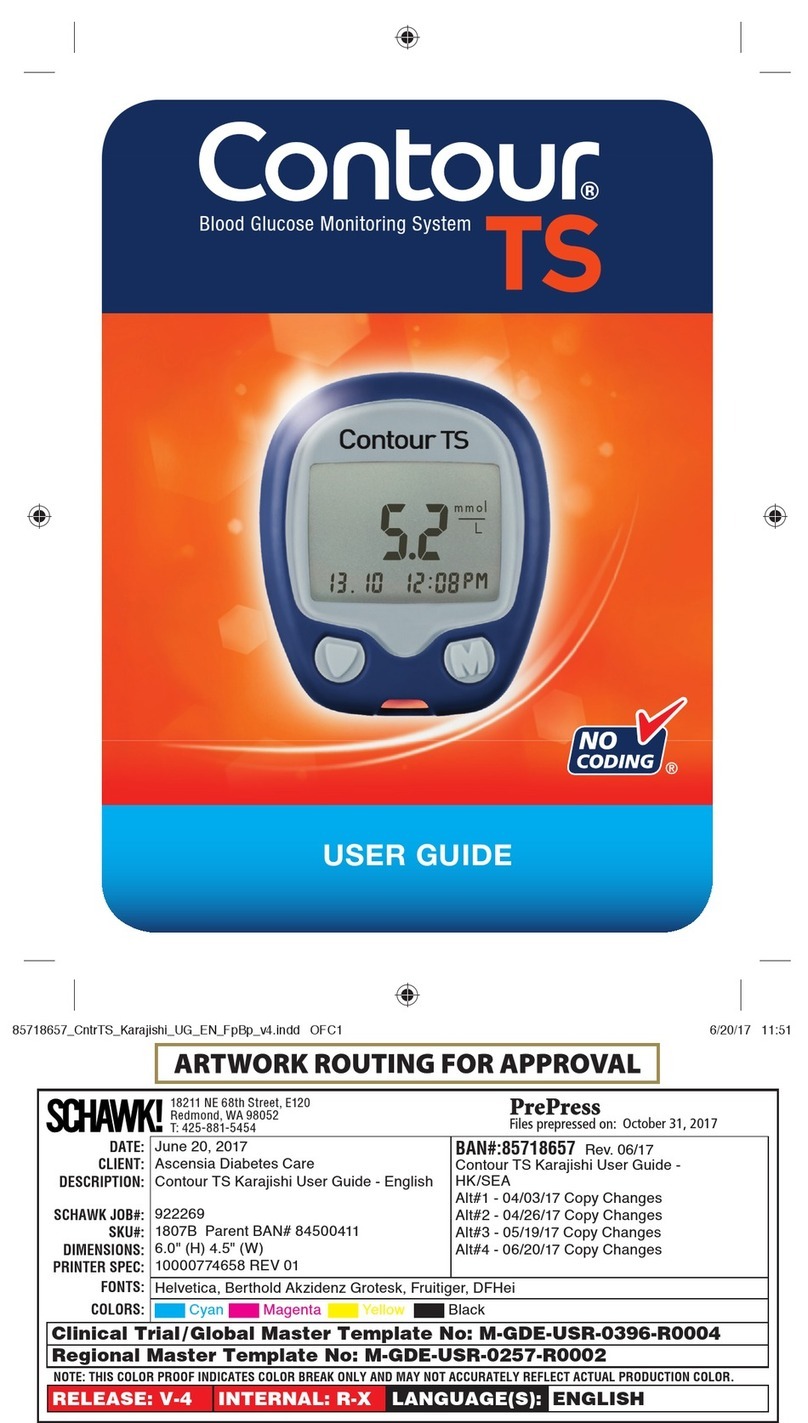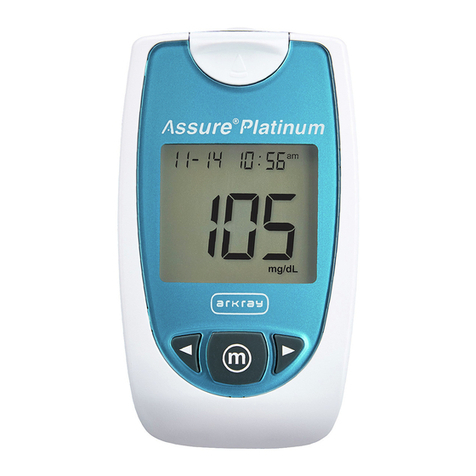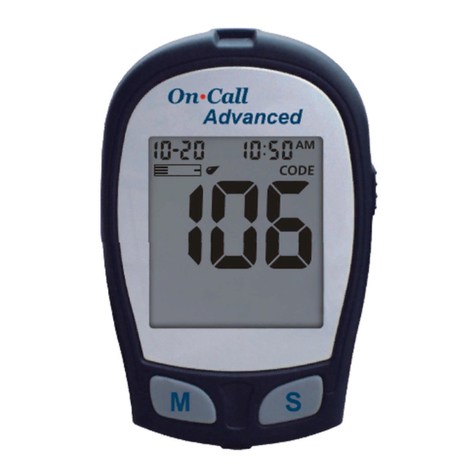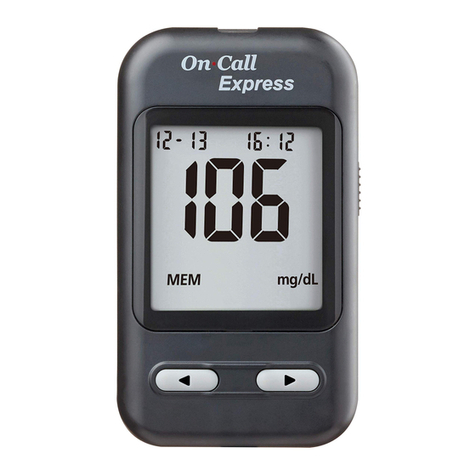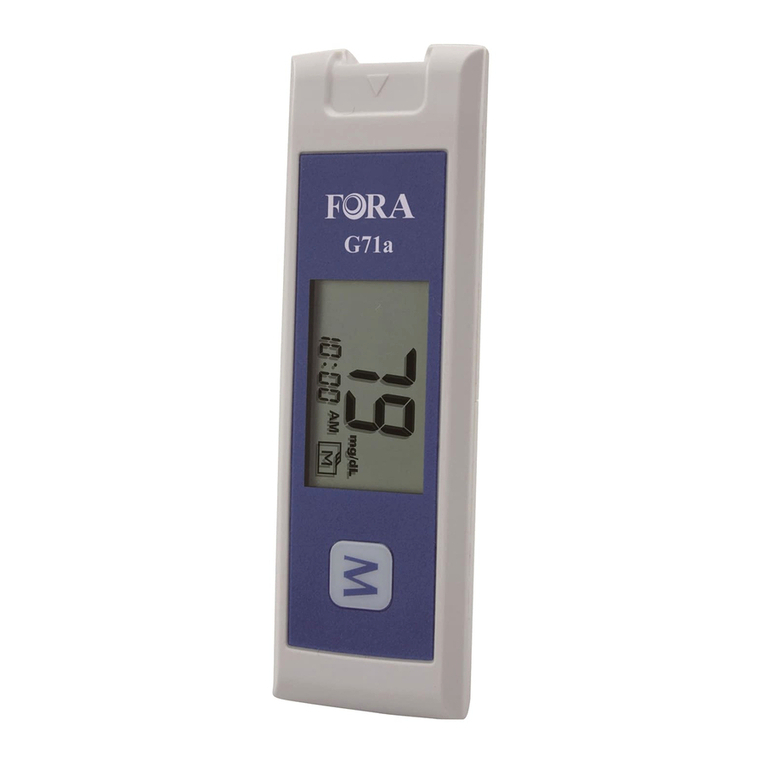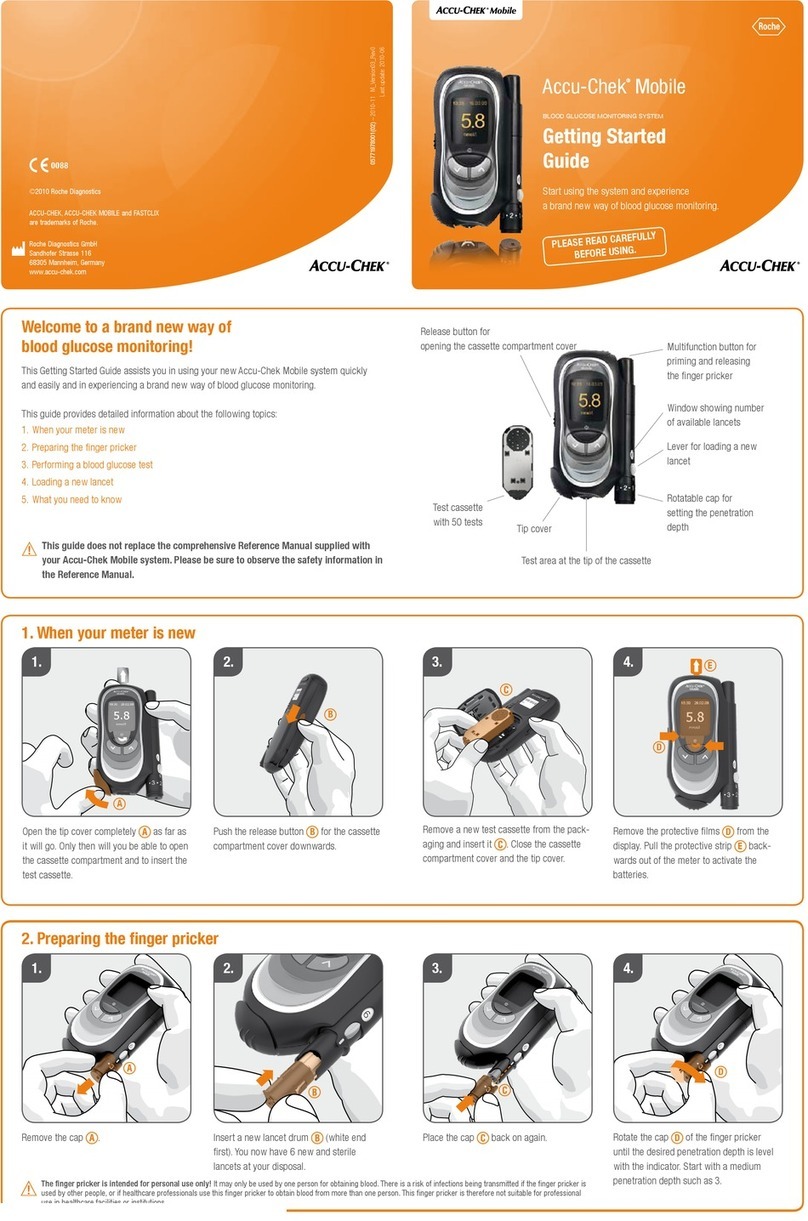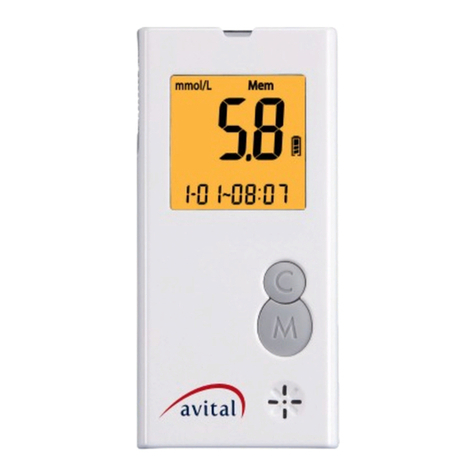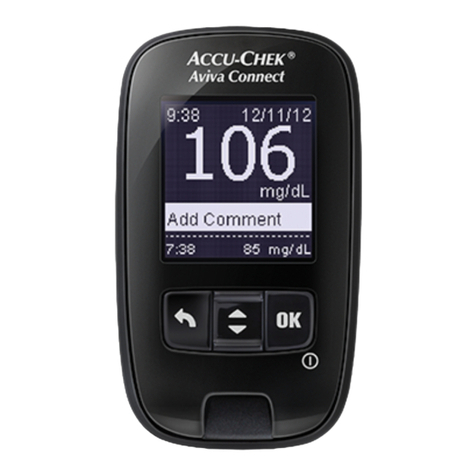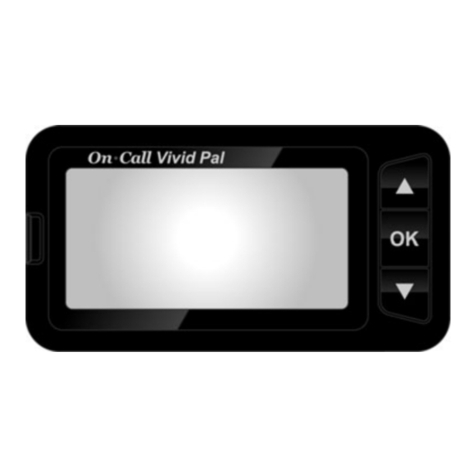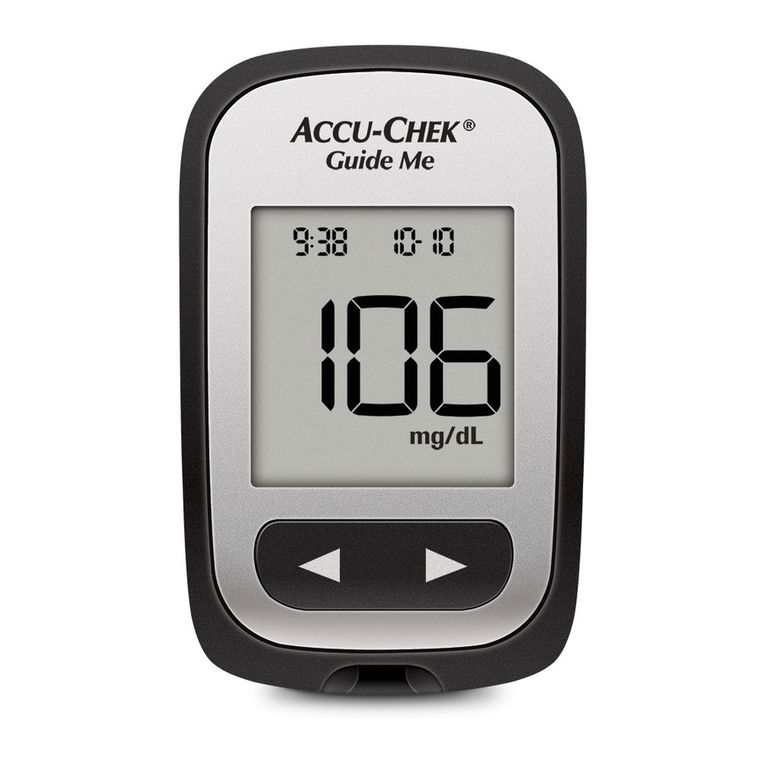Do not use the System if you are pregnant, on dialysis, or critically ill. The
System is not cleared for use in these groups and it is not known how different
conditions or medications common to these populations may affect
performance of the System.
Performance of the System when used with other implanted medical devices,
such as pacemakers, has not been evaluated.
What should you know about wearing a Sensor:
Wash application site on the back of your upper arm using a plain soap, dry,
and then clean with an alcohol wipe. This will help remove any oily residue that
may prevent the Sensor from sticking properly. Allow site to air dry before
proceeding. Carefully preparing the site according to these instructions will
help the Sensor stay on your body for the full 14 day wear period and help
prevent it from falling off early.
The Sensor can be worn for up to 14 days. Remember to always have your next
Sensor available before your current one ends so you can keep getting your
glucose readings.
You must scan the Sensor to get your real-time current glucose level as the App
will not provide this information without a scan.
In the event that your Sensor stops working and you do not have another
Sensor readily available, you must use an alternate method to measure your
glucose levels and inform your treatment decisions.
The System is designed to detect certain conditions which may occur where the
Sensor is not working as intended and shut it off, telling you to replace your
Sensor. This may occur if the Sensor gets knocked off from the skin or if the
System detects that the Sensor may not be performing as intended. Contact
Customer Service if you receive a Replace Sensor message before the end of
the 14 day wear period. Customer Service is available at 1-855-632-8658 7 Days
a Week from 8AM to 8PM Eastern Standard Time.
Some individuals may be sensitive to the adhesive that keeps the Sensor
attached to the skin. If you notice significant skin irritation around or under
your Sensor, remove the Sensor and stop using the System. Contact your
